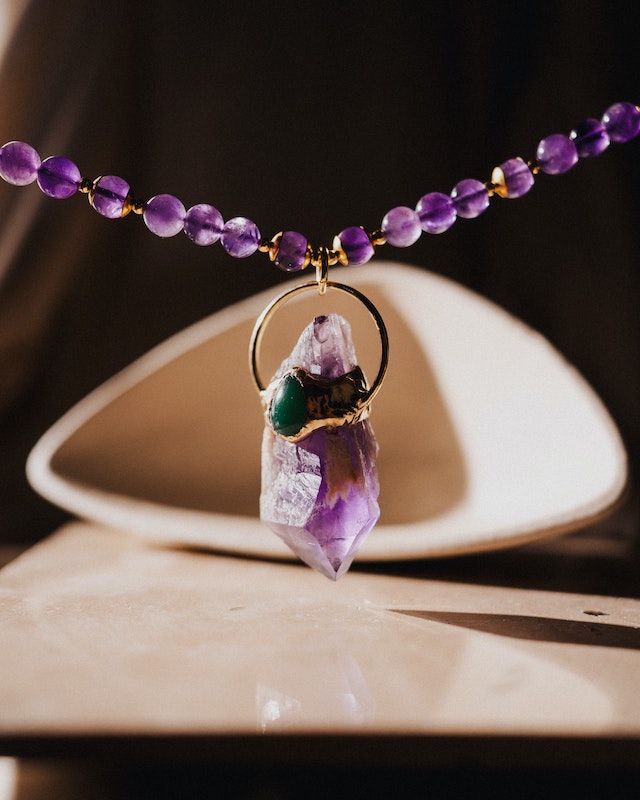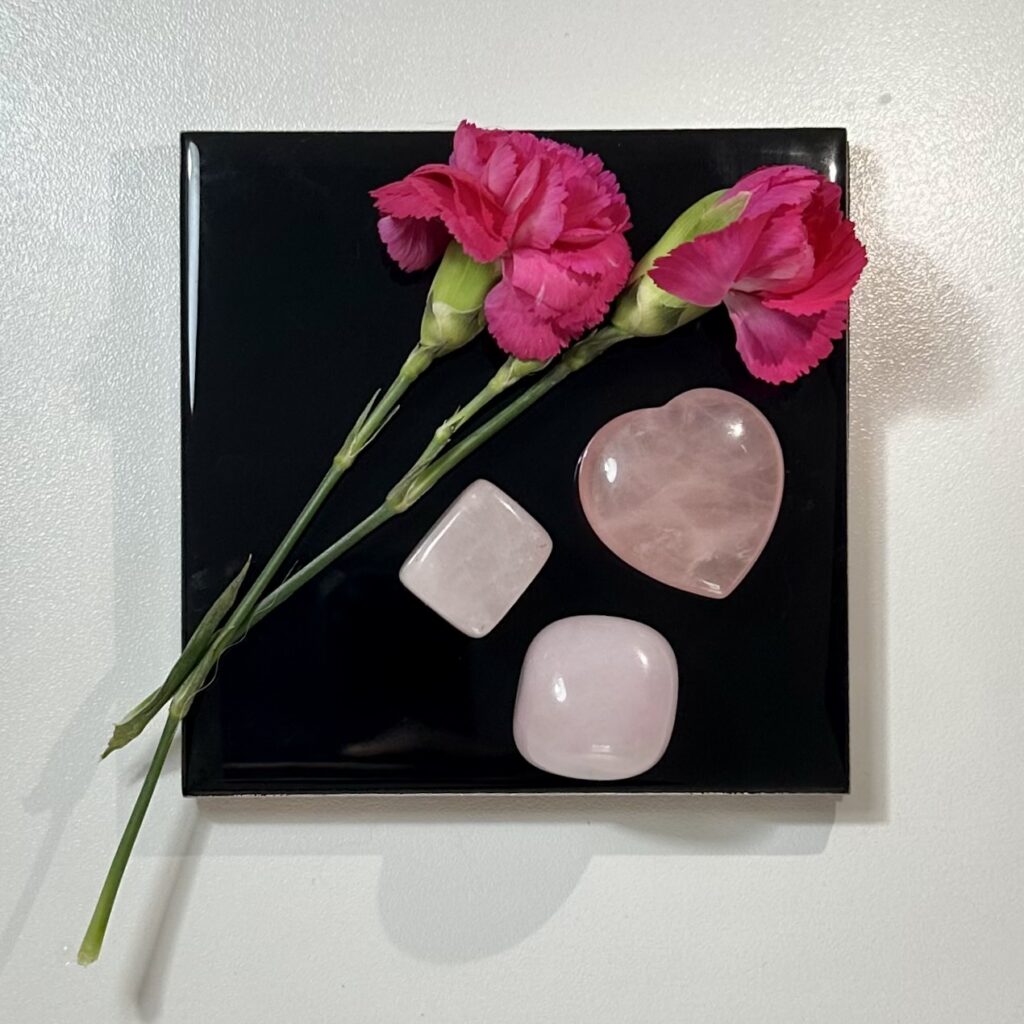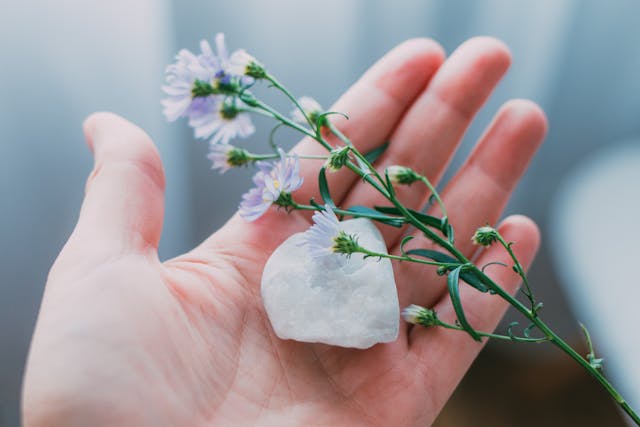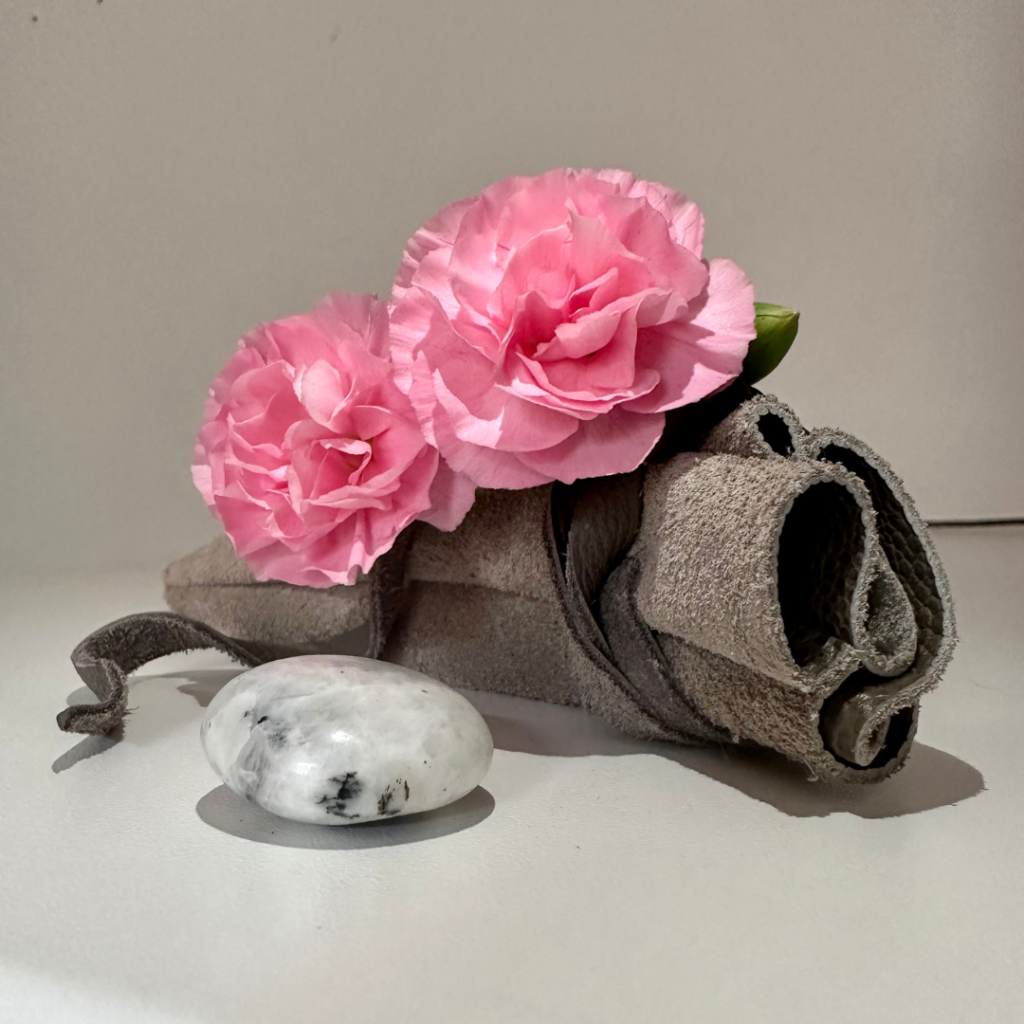-photo of Moonstone by Ethan Banks
Crystals have been used for health and well-being for thousands of years, dating back to ancient civilizations such as the Egyptians, Greeks, and Chinese. These cultures believed in the healing properties of crystals and used them in various rituals and medical practices. For example, the Egyptians wore crystals such as lapis lazuli and turquoise to ward off illness, while the Greeks used hematite before battles to enhance strength and courage. In Traditional Chinese Medicine, jade has been used to promote health and longevity.
Crystals are thought to work through their vibrational energy, which interacts with the body’s energy fields. This concept is rooted in the idea that everything in the universe, including our bodies, operates at certain vibrational frequencies. Crystals, with their unique molecular structures, are believed to emit consistent frequencies that can help restore balance and harmony to these fields. While scientific research on the efficacy of crystal healing is still emerging, the placebo effect and the power of belief are recognized factors in their perceived benefits, and the anecdotal evidence of individuals benefiting from crystal therapy cannot be dismissed. Many people report feeling more grounded, focused, and emotionally stable after incorporating crystals into their daily routines.

Different crystals are associated with specific healing properties. For instance, amethyst is often used to relieve stress and promote calmness, while rose quartz is known for its association with love and emotional healing. Citrine is believed to boost energy and manifest abundance, and black tourmaline is used for protection against negative energies.
Geographically, crystals are found worldwide, with notable sources including Brazil (amethyst, citrine), Madagascar (rose quartz, labradorite), and the United States (quartz, turquoise). Their formation often involves millions of years of geological processes, contributing to their unique beauty and diverse range of colors and textures. This aesthetic appeal, combined with their perceived metaphysical properties, makes crystals highly valued both for their beauty and their potential benefits.

Throughout history, crystals have not only been prized for their physical attributes but also for their symbolic meanings. They have adorned crowns, jewelry, and sacred objects, symbolizing power, purity, and spiritual connection. Today, crystals are used in a variety of ways: worn as jewelry, placed in living spaces to enhance energy, used in meditation practices, or integrated into wellness routines such as yoga and Reiki.
To maintain their effectiveness, it is believed that crystals must be cleansed and re-energized regularly. Common methods include rinsing them in a natural water supply (a river, stream, or the sea), placing them in sunlight or moonlight, burying them in the earth, or using other crystals like selenite for purification.

In modern times, the use of crystals has seen a resurgence, often supported by holistic health practitioners and wellness enthusiasts. This renewed interest reflects a broader trend toward integrating ancient wisdom with contemporary lifestyles, aiming to enhance physical, emotional, and spiritual well-being. Whether one views crystals as mystical tools or beautiful natural objects, their enduring appeal is a testament to their unique intersection of science, history, and art.
Ultimately, whether you resonate with the science behind crystals or simply find joy and comfort in their presence, exploring their potential benefits can be a fascinating journey of self-discovery and well-being. Embracing crystals as tools for personal growth and holistic health is a choice that continues to inspire curiosity and exploration among people worldwide.
Explore nomadify.co.uk to discover how these delightful additions can enrich your daily routines.

